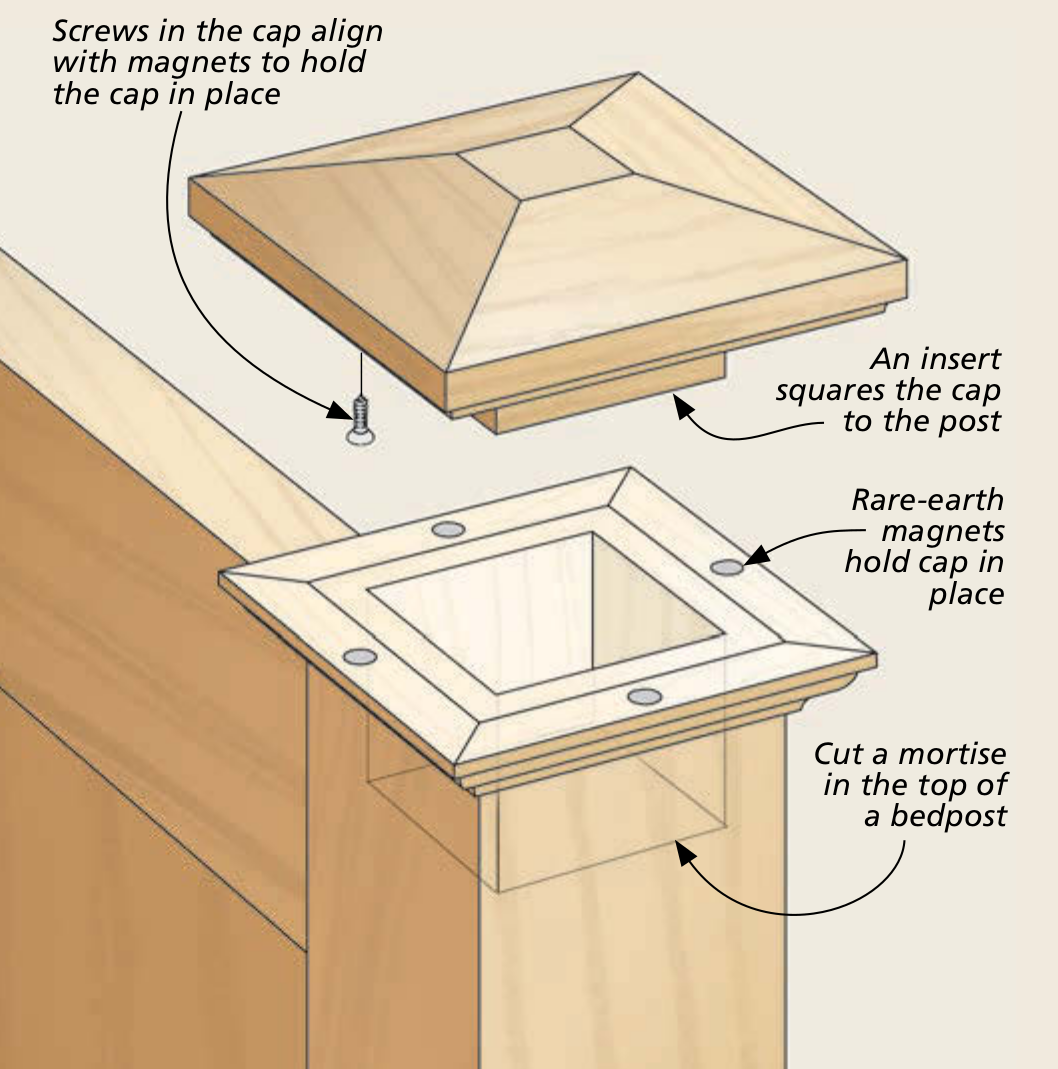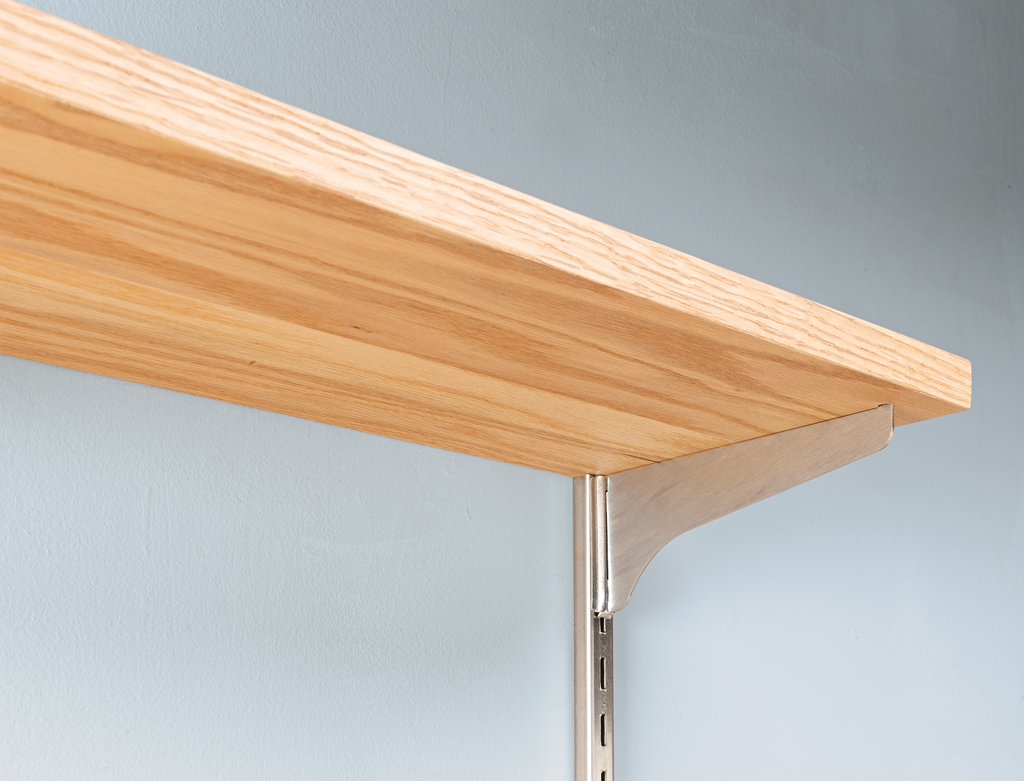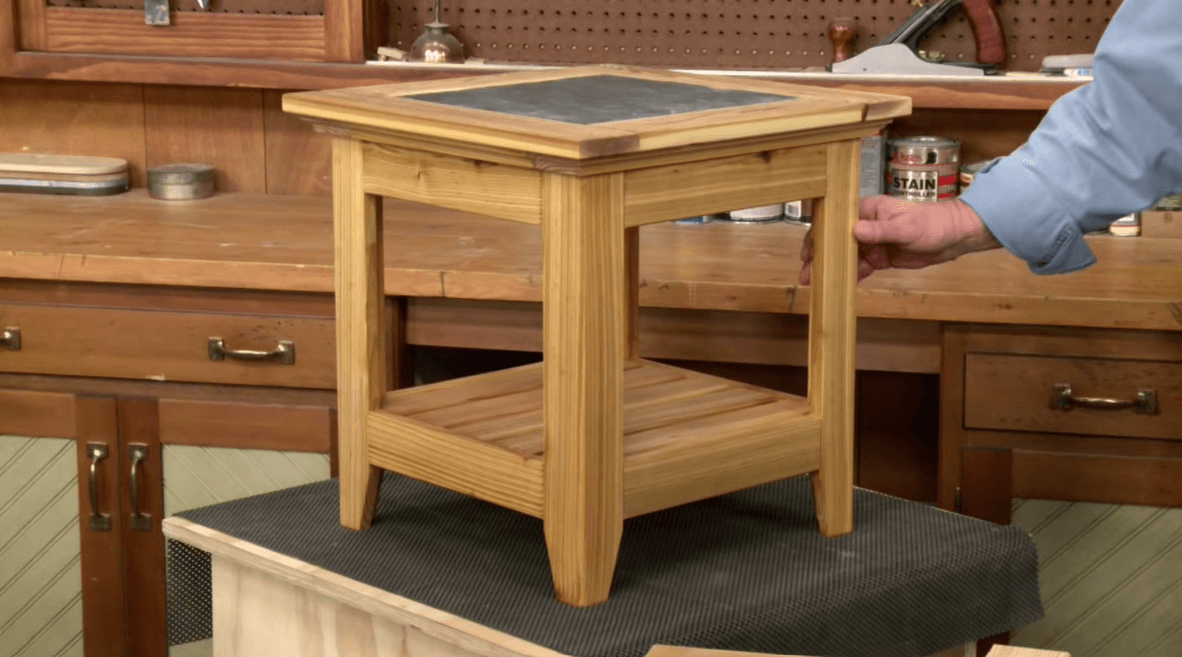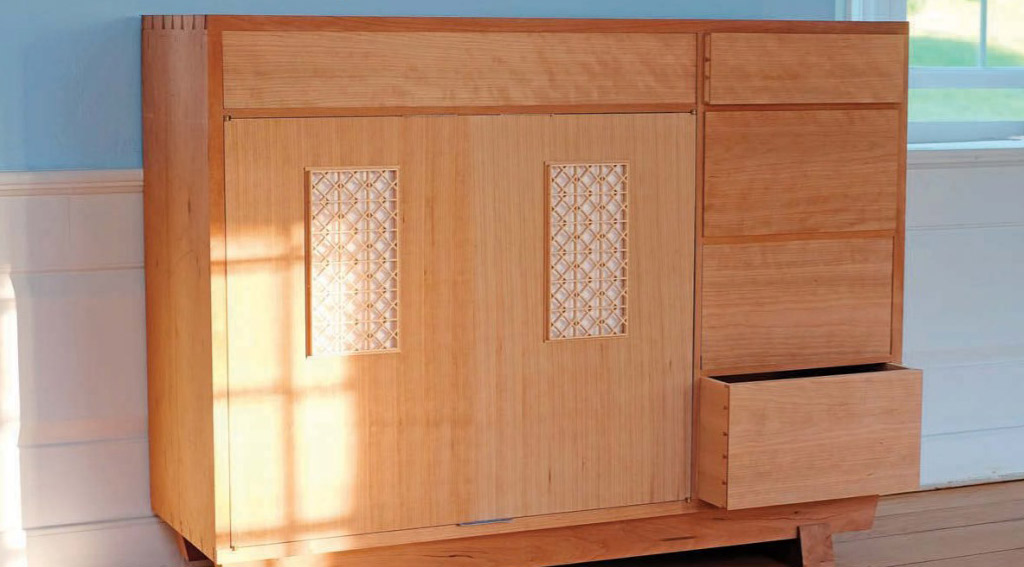
Before the days of banks and safety deposit boxes, people often kept cash and valuables hidden at home. So it was common practice for cabinetmakers to incorporate hidden compartments into furniture.
You can find these hiding places in all kinds of furniture. A bedpost was a good place to hide money and other valuables. And desks with multiple cubbies were made too for those who wanted to hide their fortunes. Of course any piece of furniture with drawers or doors could be made to tuck away valuables in a hidden drawer or disguised panel.
MODERN FURNITURE. Today you won’t earn much interest on money that’s stowed away in a desk or a bedpost. But secret hiding places in furniture are exciting to find and fun to add to projects. Plus, with a little discretion, no one will ever know their location.

WHERE TO HIDE IT. If you think about it, in any given piece of furniture there are usually “dead spaces.” Like an inch or two behind a piece of molding or the space between the top of the drawers and the underside of the top. It’s pretty easy to use these dead spaces to build in hiding places while you’re designing the project. Still, some secret spaces can be disguised in plain sight by using cleverly hidden panels or shortening deep or long spaces, like those in a drawer. Here are few examples.
TOE-KICK DRAWERS. Toe-kick drawers can provide a lot of room to hide valuables. And they’re easy to include in just about any cabinet that has an apron at the bottom, as you can see in the main drawing.
To add a toe-kick drawer to a project you’re building, just make a box for the drawer and mount it to the cabinet with drawer slides. The apron can be attached to the drawer like a false front. The goal is to make the apron look like it’s one piece with the cabinet, so mating the apron to the cabinet and minimizing gaps is important.

HOLLOW SPACES. Bedposts and pilasters are usually solid. But it’s a simple matter as you’re working on the project to cut a mortise in the top of one of these parts to stash small items. Concealing the opening can be done with a finial or a cap. For more security, adding rare-earth magnets and screws will keep the cap from coming loose and spilling the contents.
DROP-DOWN TRAYS. If a dresser or cabinet has a rail just under the top and above the drawers, there can be dead space behind the rail. This makes a perfect hiding place for a dropdown tray. The back of the tray can sit on a cleat while the front is held with magnets embedded in the desktop. To gain access to the tray, a small finger hole can be drilled in the bottom. Just pull the front down and slide it out of its hiding place after removing the drawer.

DRAWERS. There are a number of places for secret compartments in drawers. Most of these hiding places are small, but well hidden, and require that you pull out the drawer before you gain access.
FALSE BACKS. A false drawer back can create a space behind the main drawer. The false back of a drawer is set in dadoes on either side of the drawer box. A bead of glue under the false back keeps objects from sliding under it.

A turn button will stop the drawer from fully extending. Using drawer slides that don’t fully extend is another way to conceal the space at the back of the drawer.
Short drawers with a space behind them make good hiding places too. Making a drawer several inches shorter than the depth of the cabinet will allow room for a hidden box behind a drawer. The drawer is removed completely and the small concealed box can be pulled out for access. Again, a small hole in the side or front of the box let’s you pull the box out from its secret place with one finger.

FALSE BOTTOM. On deeper drawers, it’s easy to conceal a shallow hiding place with a false bottom. An extra set of grooves holds a sliding bottom that is held in place with a screw. A shallow notch cut on the underside of the bottom just deep enough for a fingernail, makes it easier to slide the drawer out and reveal the space.
Secret hiding places are not for every project you build. But some furniture lends itself easily to this type of construction. I think you’ll find that it’s intriguing to search out areas for creating secret spaces in woodworking projects. And imagine the thrill of someone discovering that hidden space you build into your next project.












